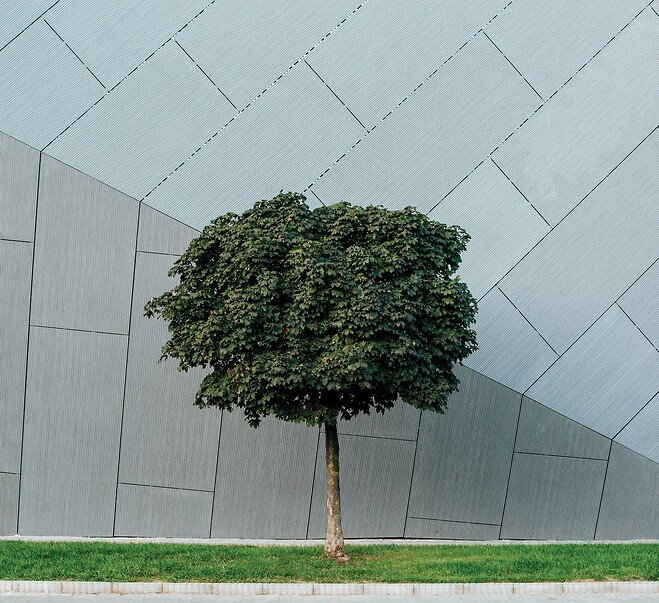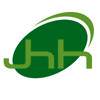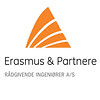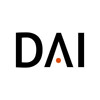Cradle to Cradle certified lightweight building materials on the way
Scarce resources, increasing housing demands, rapid urbanisation and climate change are all factors that make it appealing to use lightweight materials in construction such as cladding from EQUITONE, who are specialists in lightweight fibre cement panels.
Sustainable fibre cement
EQUITONE panels are through-coloured, robust and weather-resistant and are available with different surface textures, which can be cut, perforated and shaped according to the desired design.
”A focus on minimising material consumption in a building’s carbon footprint by producing lightweight cladding materials has long been part of the DNA in EQUITONE’s material development”, says brand manager Tina Søndergaard-Pedersen from Etex Nordic.
”Today we also focus on sustainable third-party certification of our materials, and in September 2022 all our EQUITONE materials achieved Cradle to Cradle bronze certification,” she states.
Cradle to Cradle certification on fibre cement materials is one of the company’s progressive
initiatives when it comes to making construction materials more sustainable and helping the circular economy.
A holistic strategy
Tina Søndergaard -Pedersen explains that there is a proven strategy behind it: “The special thing about the Cradle to Cradle approach is that it is a holistic way of thinking,” she says. “It’s not just about CO2 but about the whole sustainability part - reaching the goal with circular construction.”
She added: ”We contribute to reducing CO2 emissions and we also use renewable energy but Cradle to Cradle certification is much more than that. It is also about using material health, product circularity, clean air & carbon, water & soil stewardship and social fairness and thus sustainability in a broader and more circular perspective.”
Recycling of materials
Fibre cement panels are recyclable and allow for environmentally friendly production, easy transportation and assembly. One example is a housing project at the Kronsberg World Exhibition in Hannover called “The Recyclable House”:
”EQUITONE fibre cement panels from a local renovation project have been reused on the facade of this sustainable house. The recycled panels from 2007 are still intact
and usable. They have simply been cut, resized and coated again”, explains Tina Søndergaard-Pedersen.
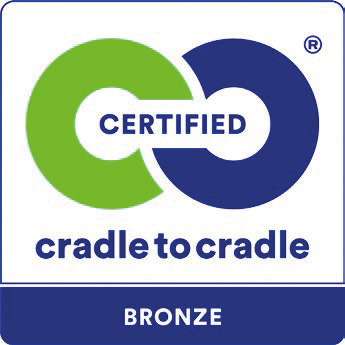
ETEX:
Etex developed the first fibre cement solutions in 1905 that still form the basis for the company’s many innovative and environmentally friendly lightweight materials. Etex Nordic has over 50 employees spread over locations in Denmark, Sweden and Norway and over 13,000 in the entire Etex Group with its headquarters in Belgium.
Last year, Etex published its ‘Road to Sustainability 2030 plan’ with the company’s long-term Sustainable Development Goals and how to achieve them. Etex is also involved in the First Movers Coalition as part of the World Economic Initiative. It includes focusing on topics such as steel, aluminium, shipping and cement & concrete in which Etex participates and contributes to reducing the carbon footprint.
Read more at www.equitone.com and www.etexgroup.com
